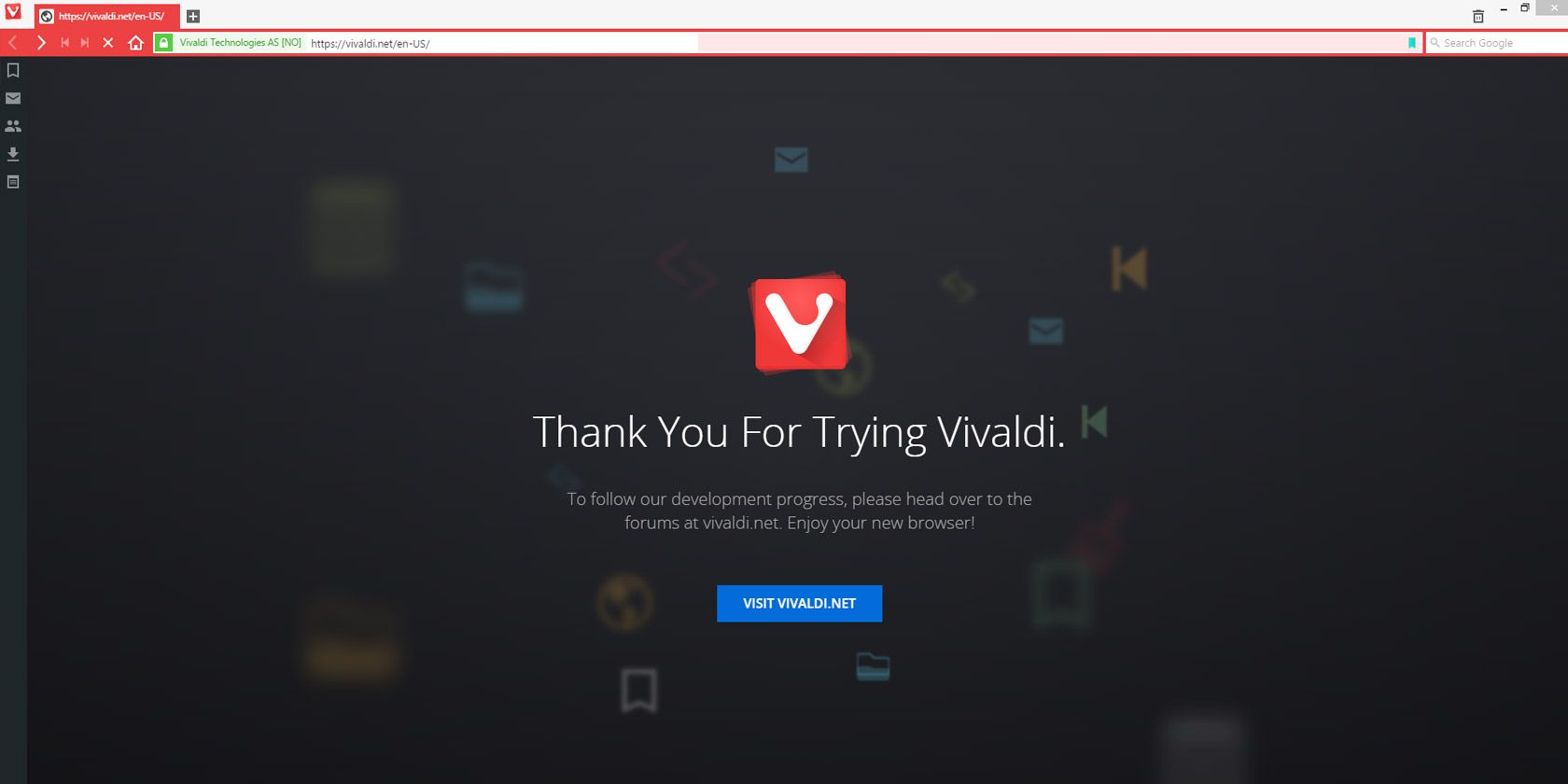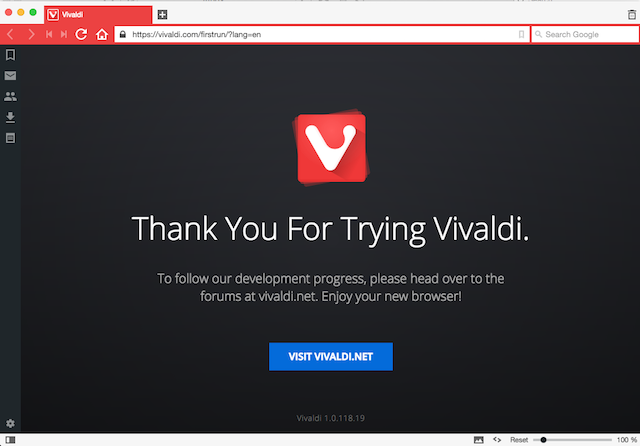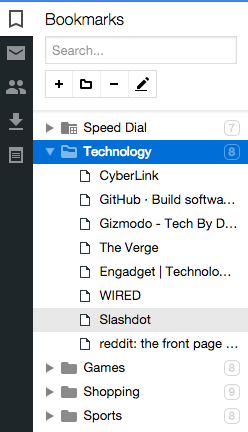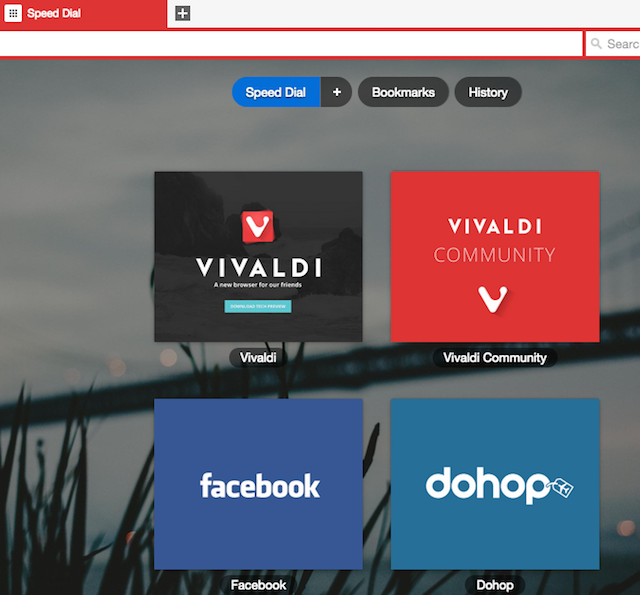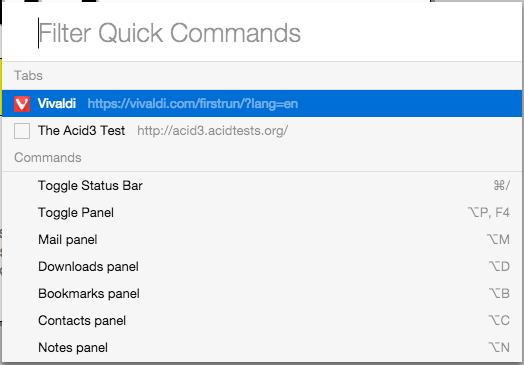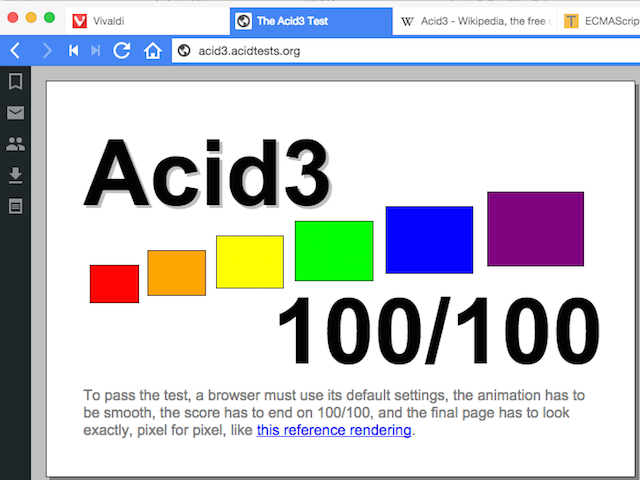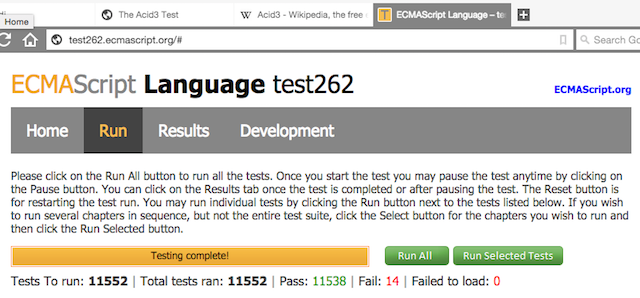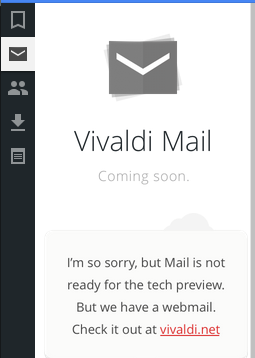Do we really need a new web browser?
I'm serious. Never have we had quite so much consumer choice as we do now. It's nothing like the bad old days of the late 1990s, where the only choice was between Internet Explorer and Netscape, which at that point was circling the drain. Now, we have options. But that's still not enough for some.
Meet Vivaldi; a beautiful new web browser aimed at power-users, built by the co-founder of Opera, Jon Stephenson von Tetzchner.
Vivaldi builds upon Blink - the rendering agent that powers Google Chrome - and adds in extra features that aim to satisfy even the most demanding of users. But is it any good?
First Impressions
Vivaldi is available as a free download for Windows, Linux and Mac. For the purposes of this review, I tested it on OS X Yosemite. Perhaps one of the first things you'll notice when you load it for the first time is how they've borrowed much of their design inspiration from nouveau-Apple. Vivaldi uses a simple, gradient-free pastel color scheme, and a flat design. So far, so iOS7.
But to dismiss it as a cynical attempt to repackage Chrome for the iPhone crowd is to miss the point entirely. Vivaldi is an entirely different product, with an entirely different feature-set, and a unique design philosophy.
There are things that are done uniformly across browsers that Vivaldi does differently. A great example is bookmarks. Rather than having them stored in a drop-down that clumsily cascades vertically, bookmarks are elegantly stored in a sidebar that's easy to manage and doesn't overwhelm the user.
The sidebar is more than just bookmarks though. It's also where you can manage your downloads, save your contacts and make notes. Vivaldi Technologies also intend to integrate their email product into the sidebar. Presently, though, it's only available through their web client.
Vivaldi Technologies is mostly ex-Opera folks and unsurprisingly borrows a lot of inspiration from old-school Opera, including a like-for-like copy of Opera's Speed Dial, where websites are tightly "pinned" in a 3x3, 6x6, or 9x9 arrangement.
One of the core design philosophies of Vivaldi is that the user should never have to leave the browser to do something. We see that with the Sublime Text 2 inspired command palette, which allows you to access all functionality of the browser without leaving where you are.
It all sounds really promising, but is it mature enough to switch to right now?
Should You Use It?
This is the key question. A browser is only as good as its web page rendering. But thankfully, Vivaldi packs in the open-source Presto rendering engine. This powers both Chrome and Opera, and features most of the newer features of HTML5, whilst adhering to the web standards established by the W3C.
As a result, it performs well in the Acid3 Test, and the ECMAScript Test262, which tests how much JavaScript functionality it packs in.
Consequently, it's just as good as Chrome when it comes to browsing, and is a stable, speedy browser that can handle even the most multimedia-rich of sites.
Although, it's betrayed by the lack of what some might consider to be essential features, including third party extensions. With that said, Vivaldi is still a young product, and one with profound ambitions. This is what it hopes to accomplish in the months to come.
The Future Of Vivaldi
A lot of the upcoming features of Vivaldi have a decidedly "me too" feel to them and are seen elsewhere in other, much more popular browsers. They've got plans to introduce a synchronization feature, where bookmarks and history are shared across devices, a la Google Chrome.
They're also planning to introduce an integrated mail client — which is something Opera had back in the 00s before it was spun off as a separate application.
Vivaldi plans to also support spatial navigation, where users will be able to traverse webpages by only using their keyboard. This is somewhat novel, and has only ever really found its way to Opera and a custom build of Firefox. As you can probably tell, they want to keep your focus in the browser, and nowhere else.
The devil will, of course, be in the details.
Vivaldi have stated how they intend to add these features using modern web technologies, such as Node.js and react.js. This is likely to please developers, but what does it mean for consumers? They're certain that it will result in a vastly increased supply of extensions that work faster and better, and ultimately offer a better experience than older browsers ever could.
At this point, you could be forgiven for drawing parallels between the Opera browser of yesteryear. Back then, Opera was famed for having everything — including the kitchen sink. When they decided to strip most of that out in Opera 15, it caused outrage. Users who had stuck with Opera through thick and thin felt betrayed, as the Norwegian web firm ditched its traditional power users in favor of a product with a more mass market feel.
But will Vivaldi win back that sorely neglected demographic? Only time will tell.
Will You Be Switching?
Vivaldi shows promise, but perhaps needs a bit more time in the oven before it can seriously start to challenge the likes of Chrome and Firefox.
But will you be switching? Or are you happy with your current browser? Drop me a comment, and we'll talk.

